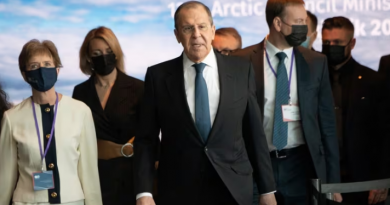Canada pledges billions for defence, falls short of NATO’s 2%
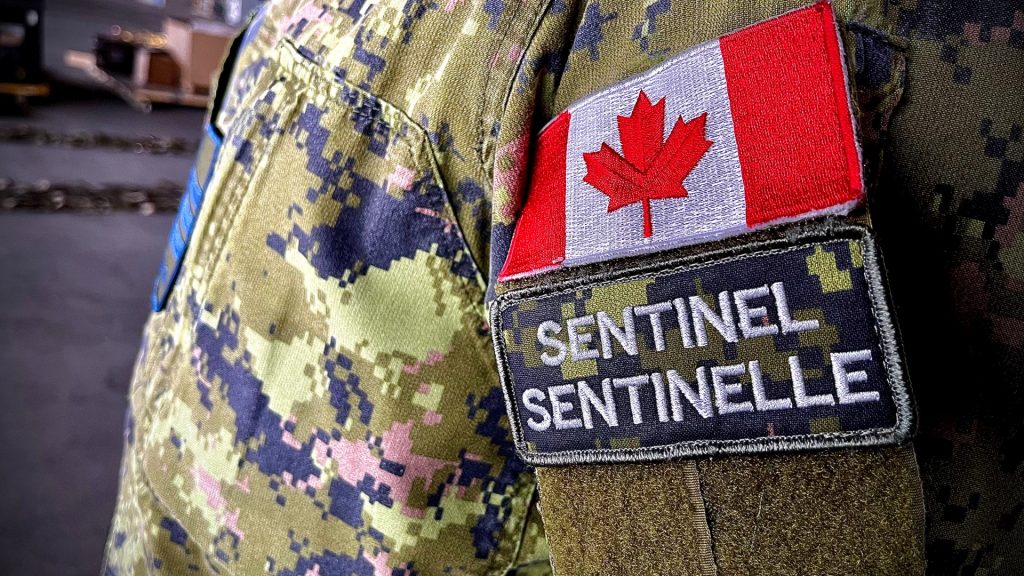
New defence policy focuses on threats to Arctic, boosting military ‘striking power’
Two years after being ordered on an urgent basis, a new defence policy for Canada that promises to bolster the military’s surveillance and combat capabilities in the Arctic was unveiled Monday.
The strategy promises to deliver new equipment, including airborne early warning aircraft (AWACs), long-range surface-to-surface missiles for the army and utility helicopters that may or may not be manned.
The plan also lists new equipment the Department of National Defence is considering acquiring, such as air defence systems to protect critical infrastructure and new submarines.
The new policy, entitled Our North, Strong and Free, includes an additional $8.1 billion in new defence spending over the next five years and commits to an additional $73 billion in defence spending over the next two decades.
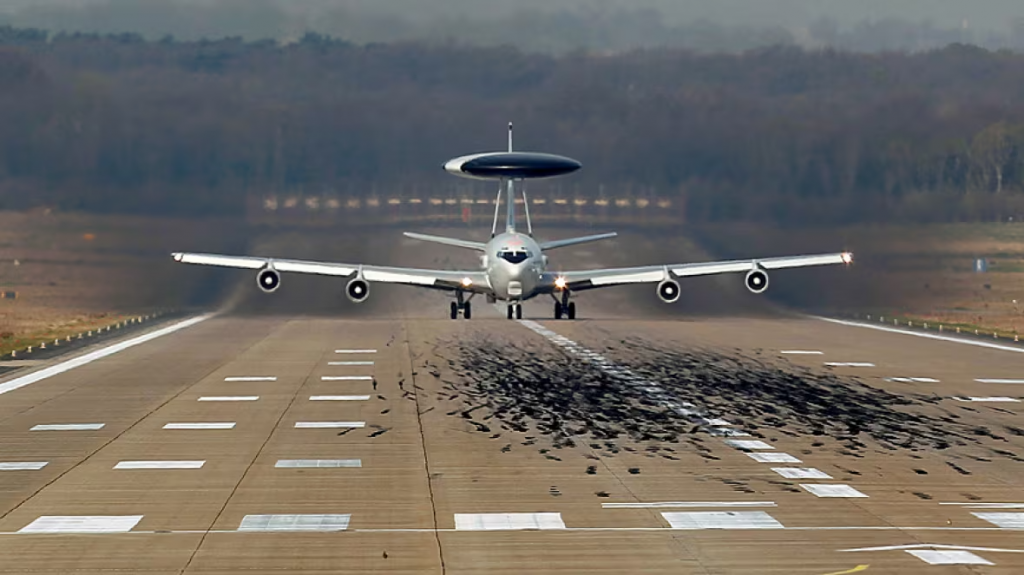
The additional investments will not bring Canada all the way to meeting NATO’s military spending target for member nations — two per cent of national gross domestic product. The Liberal government estimates that the new policy will see military spending rise to 1.76 per cent of GDP by 2029-30.
“This is a significant increase in defence spending and is a major step forward in our effort to reach two percent of GDP, as agreed by NATO members at the Vilnius Summit in 2023,” the policy document says.
How it will be received by Canada’s allies — many of whom have been putting pressure on Ottawa to meet its commitments in response to Russia’s war on Ukraine — remains to be seen.
Major allies, notably the United States and Britain, also have been pushing Canada to take a more active position in defending the Arctic, where Russia has been building up and restoring many Cold War capabilities and bases.
“The most urgent and important task we face is asserting Canada’s sovereignty in the Arctic and northern regions, where the changing physical and geopolitical landscapes have created new threats and vulnerabilities to Canada and Canadians,” says the policy document.
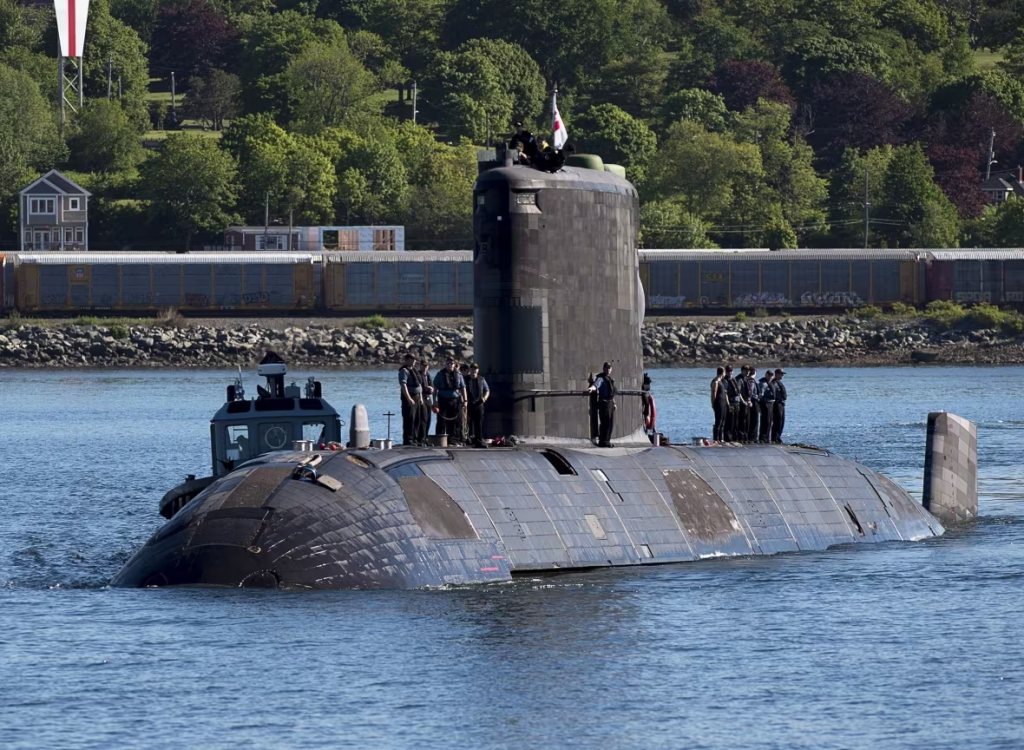
The strategy says the new threats in the region include “advanced submarines [and] hypersonic and cruise missiles.” To meet those threats, the defence policy says the federal government will establish a network of northern operational support hubs, buy a fleet of airborne early warning aircraft, deploy underwater sensors on all three coasts, build a satellite ground station in the High Arctic and enhance Canada’s foreign intelligence capabilities.
The government has said it plans to study the possibility of acquiring new submarines to replace the three-decades-old Victoria class boats. Submarines would be a key tool for defending the Arctic and the navy has already laid out options for acquiring up to 12 conventionally-powered submarines.
In keeping with the federal government’s plan to purchase F-35 fighters, the defence policy indicates the military is prepared to use force to defence the continent.
“We will also develop greater striking power to deter adversaries and keep threats farther from our shores,” says the policy document. “We will acquire long-range missile capabilities for the Army. These missiles will be deployed to enable our forces to shoot at greater ranges than our adversaries in combat.
“We also commit to providing the Royal Canadian Navy and Royal Canadian Air Force with the striking power they need to deter threats at an appropriate distance, and will explore options to acquire long-range air- and sea-launched missiles.”
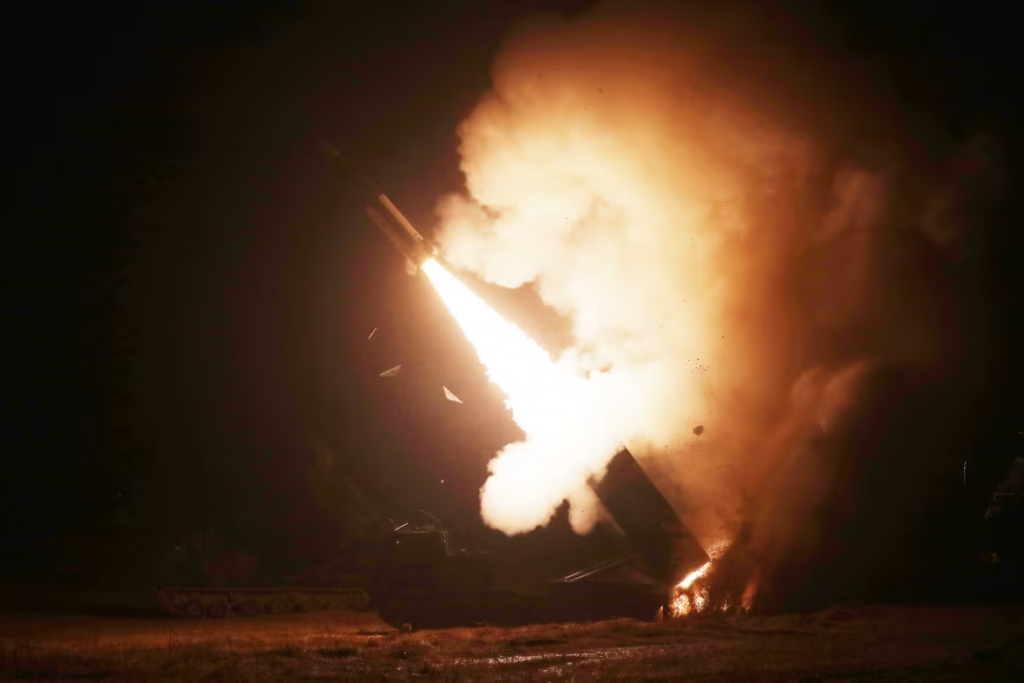
Climate change also is adding a sense of urgency to the federal government’s focus on the Arctic.
“Our Arctic is now warming at four times the global average, making a vast and sensitive region more accessible to foreign actors who have growing capabilities and regional military ambitions,” says the policy document.
The strategy identifies both China and Russia as potential threats and says Moscow’s war on Ukraine must not be allowed to succeed. The document says that Russia’s northern military build-up creates uncertainty for NATO that must be addressed.
“The new geography of the Russian threat undermines our capacity to assist allies in Europe from a position of strength,” says the policy document. “Our defence of the Arctic will be more essential than ever.”
Some of the defence policy’s language on China mirrors what the federal government wrote in its Indo-Pacific Strategy. Beijing, it says, is an increasingly “assertive global actor looking to reshape the international system to advance its interests and values, which increasingly diverge from our own on matters of defence and security.”
Strategy promises to accelerate recruiting
But the policy also pledges to manage the defence relationship with China “purposefully” when it comes to hot button issues such as freedom of navigation and the future of Taiwan.
“Frank, open, and respectful dialogue is important and helps to ensure clarity about Canada’s national positions. Instability in the Taiwan Strait, a vital waterway, would disrupt Canadian trade, including in critical advanced technologies, and could cost trillions of dollars to the global economy,” says the policy document.
The Canadian military is facing a crisis in recruitment; both the regular and reserve force are short up to 15,780 members. The military also faces many important social shortfalls in things like access to affordable housing and day care.
The new strategy promises to speed up recruiting by offering a probationary period for those wanting to join. Defence Minister Bill Blair has been pushing the department to adopt such a model in order to get more people into uniform more quickly.
Related stories from around the North:
Canada : Canadian military says it has tracked, stopped China surveillance in Arctic waters, The Canadian Press
Finland: Military exercise apparently disrupts weather images from Lapland, Yle news
Iceland: Iceland authorizes U.S. submarine service visits, Eye on the Arctic
Norway: “Historical strengthening of our Armed Forces,” says Norway, The Independent Barents Observer
Russia: As NATO forces move north for exercise, Northern Fleet sails out frigates, The Independent Barents Observer
Sweden: Swedes must mentally prepare for war, says military top brass, Radio Sweden
United States: U.S. nominates Alaskan as first Arctic ambassador, Eye on the Arctic



